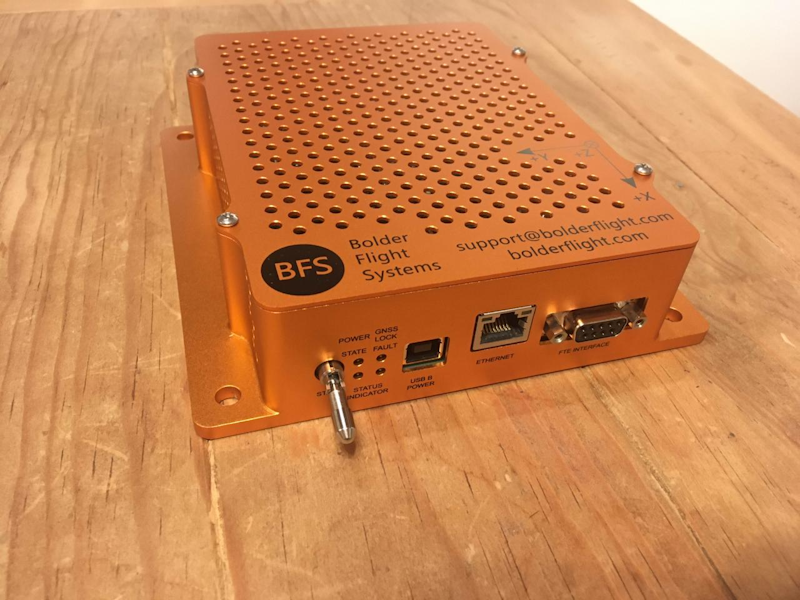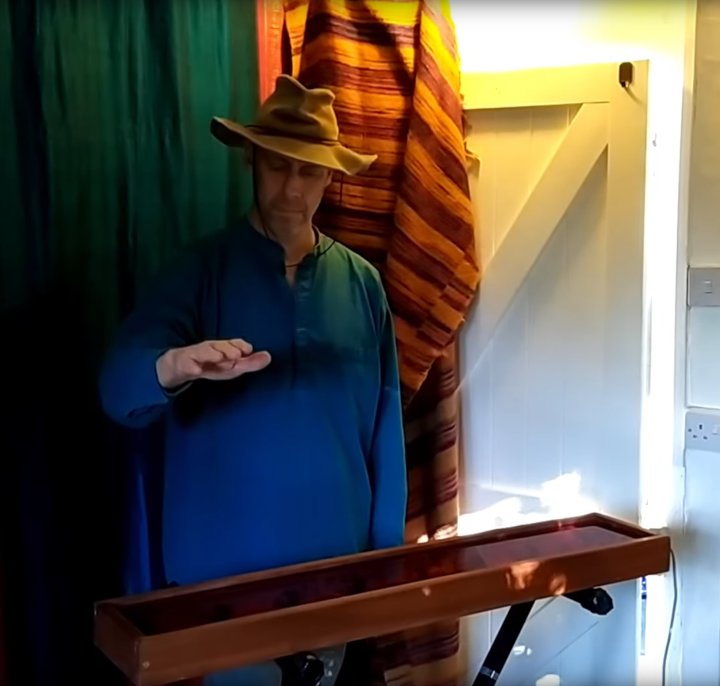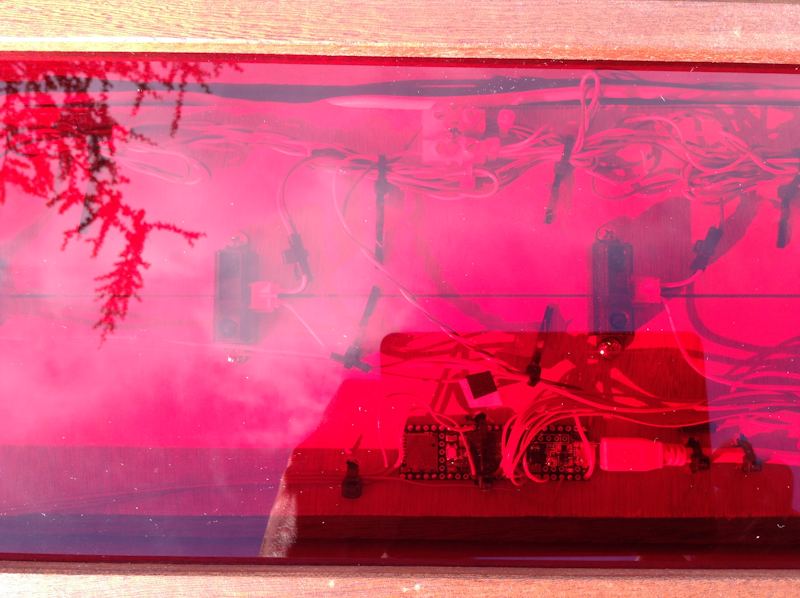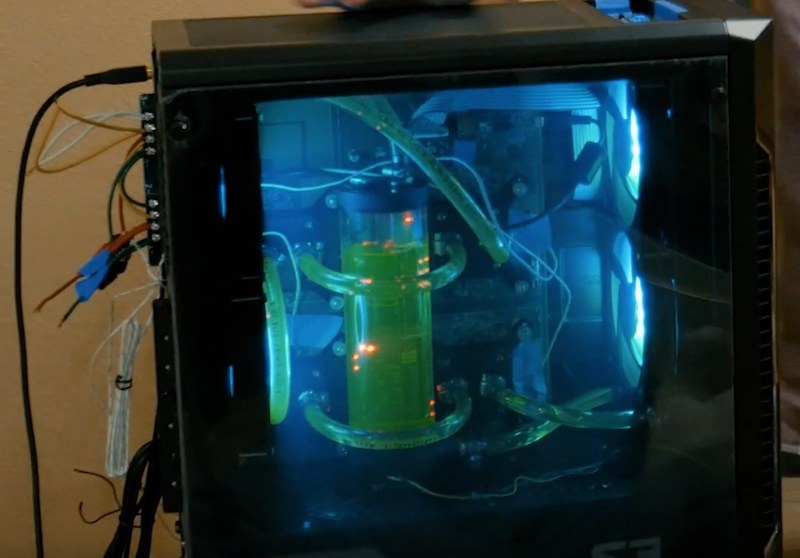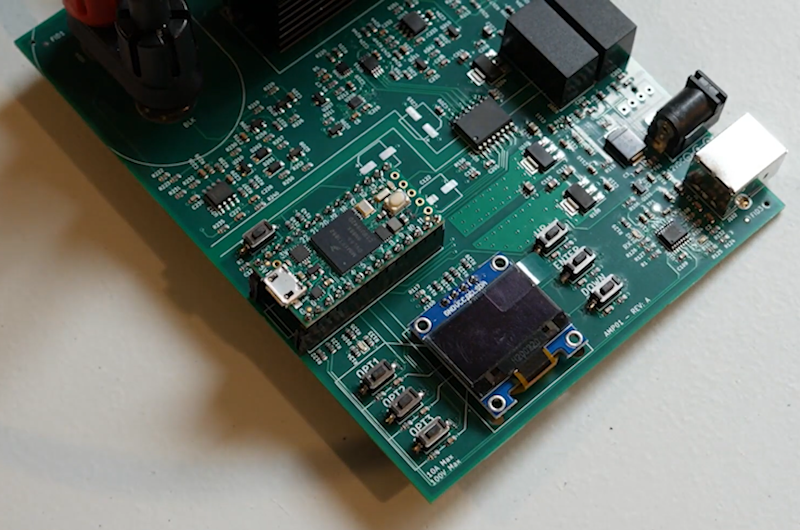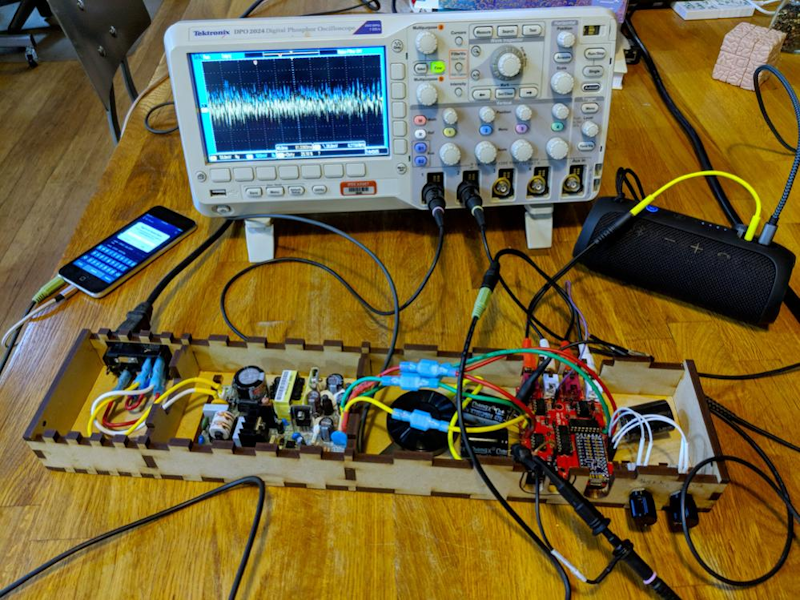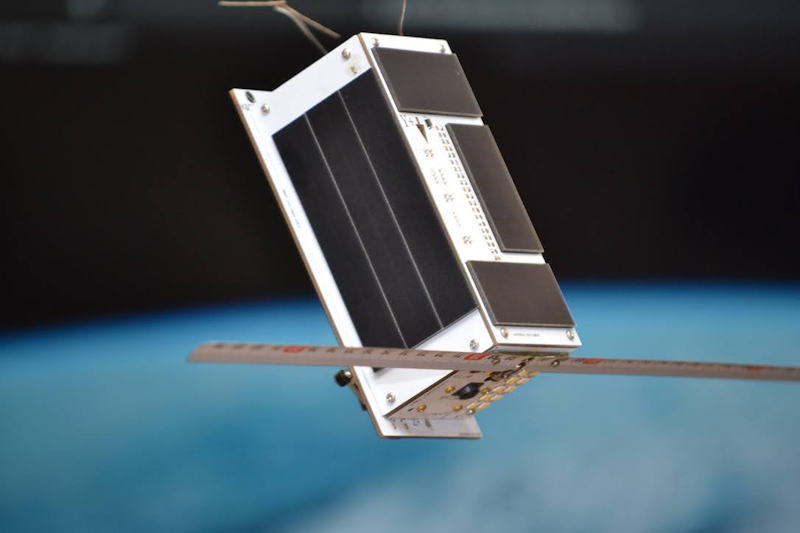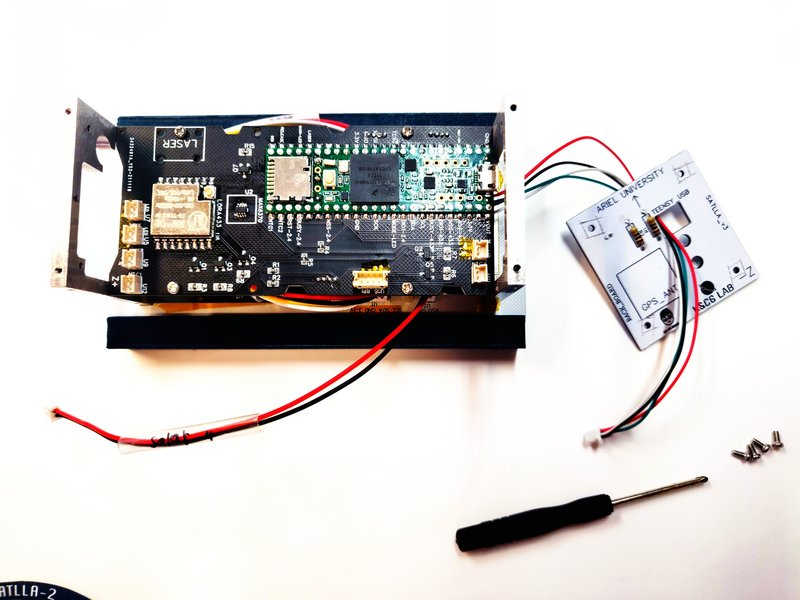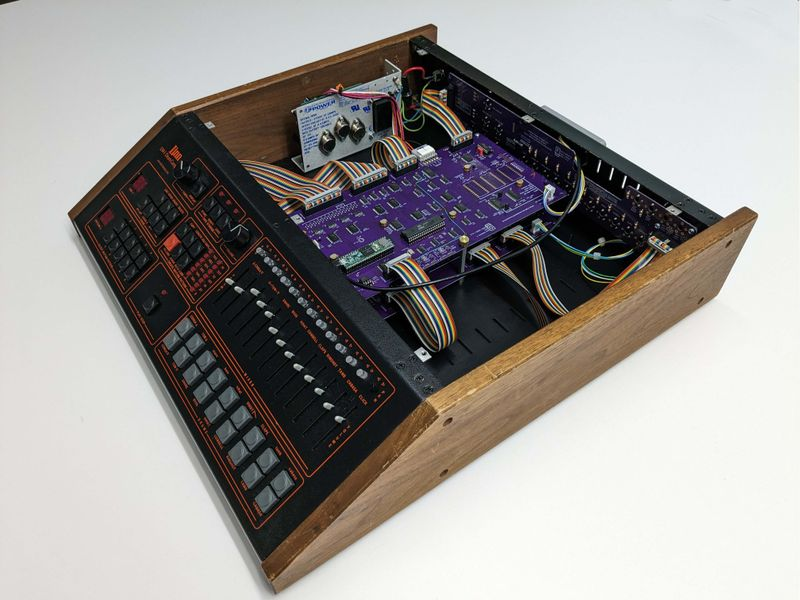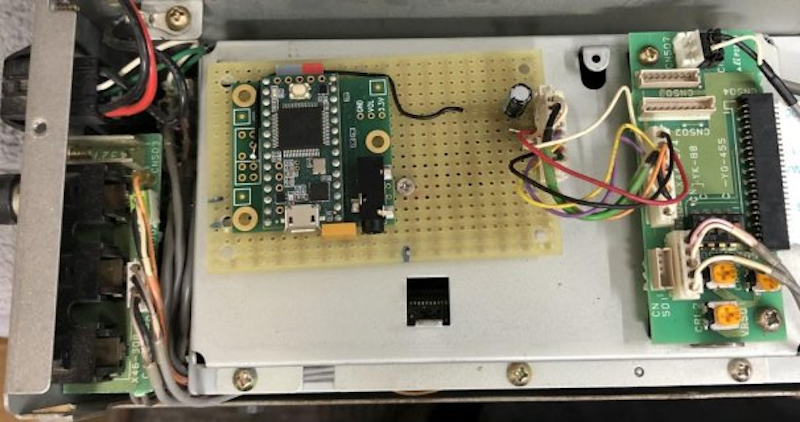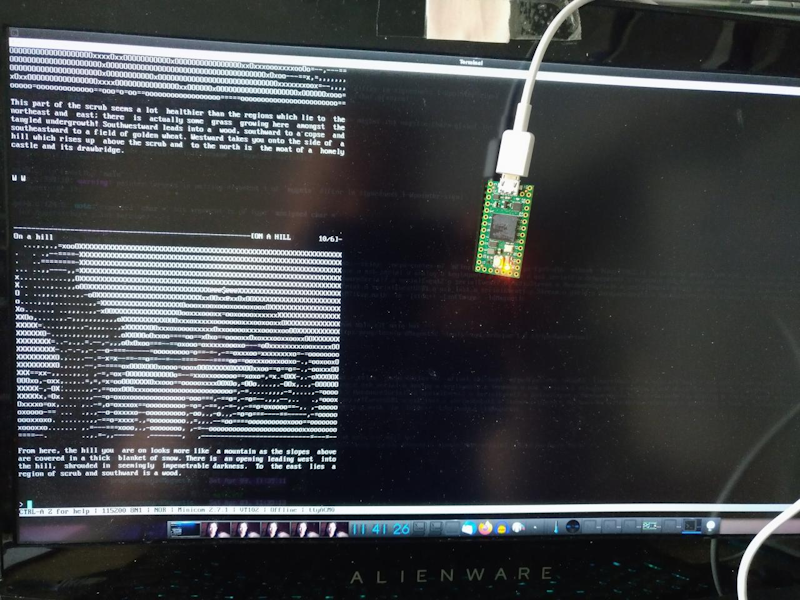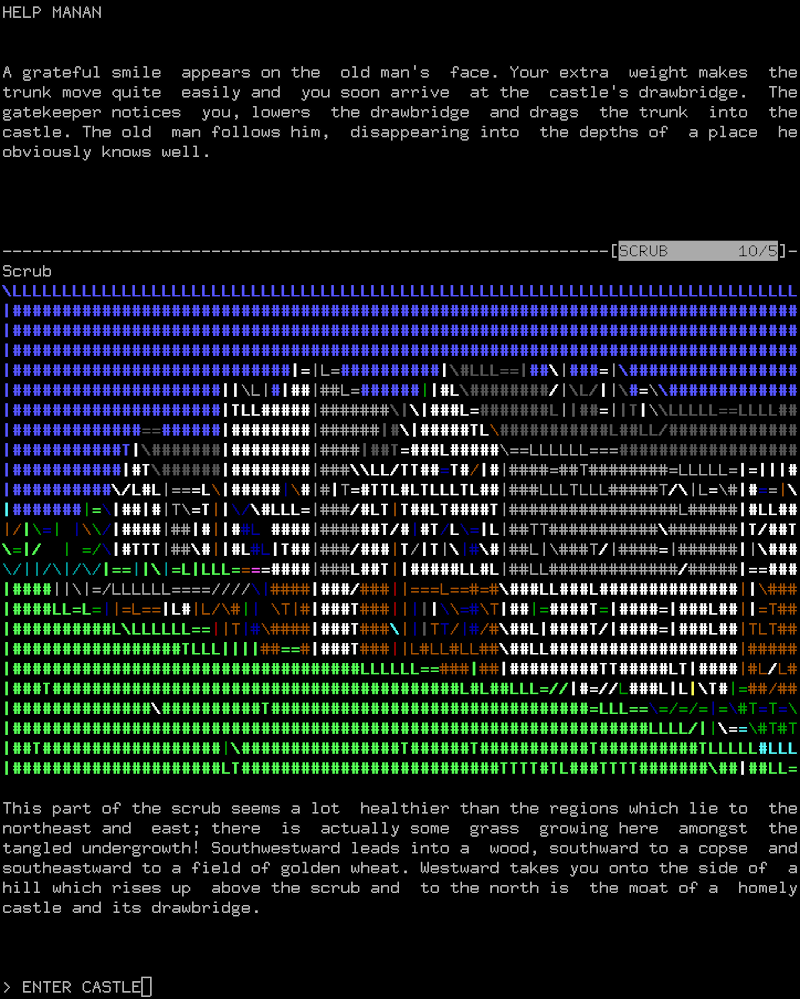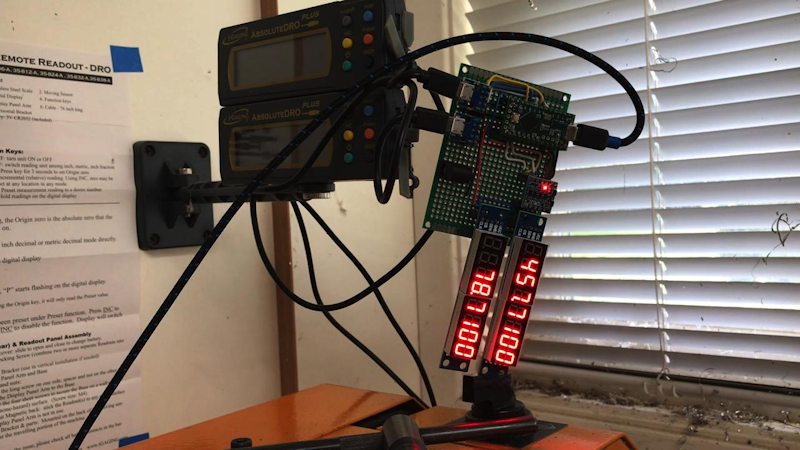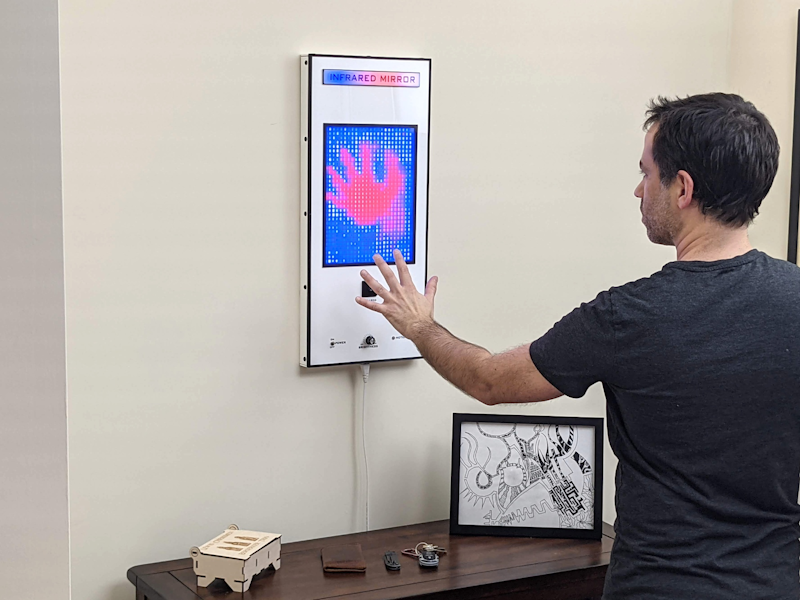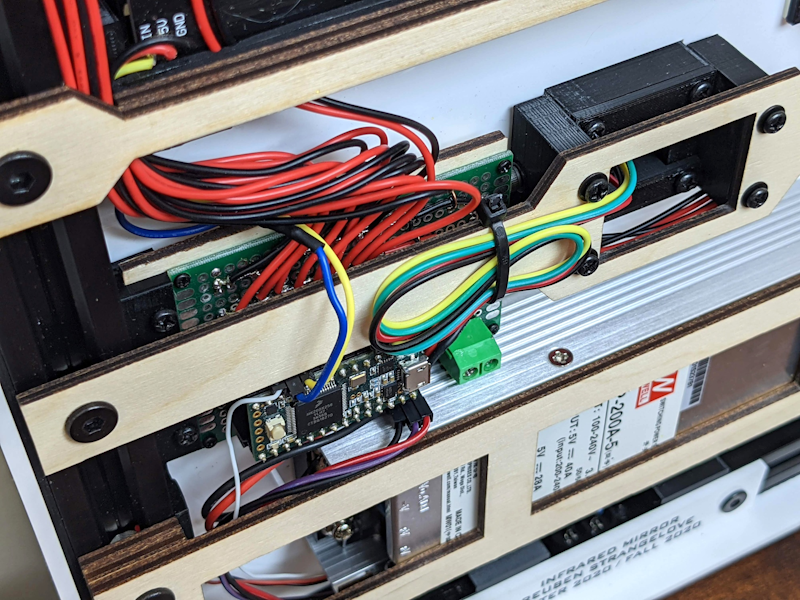Teensy boards power all manner of commercial products, being an ideal solution for high-speed data acquisition, and we were particularly excited by this system from Bolder Flight Systems.
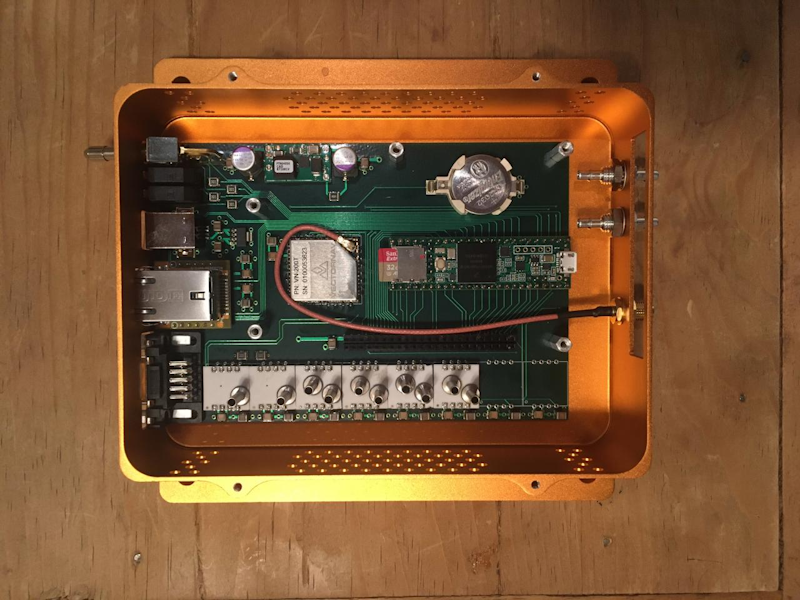
BFS CEO Brian Taylor shared this Teensy 3.6-based unit, which was developed in conjunction with the International Test Pilots School (ITPS) to facilitate test pilot and flight test engineer training on fixed or rotary-wing aircraft.The system logs inertial navigation data, airspeed, altitude, temperature, and 12 additional analog channels at a rate of 200Hz, with GNSS satellite integration to aid the accuracy of inertial data. The analog channels can be used for measuring pilot stick force or control surface positions. The unit is USB-powered and easily installed, with a web-based interface for real-time data viewing and configuration. More information can be found on the BFS web site.
